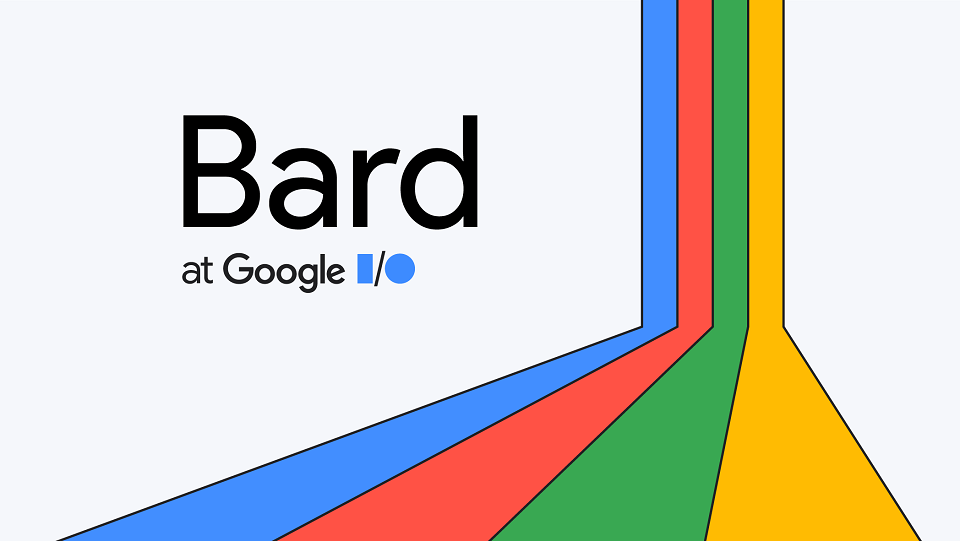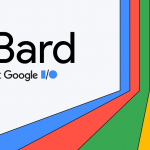Google’s conversational AI Bard is available in Romania

Starting today, Bard, Google’s experimental solution that allows users to interact with generative artificial intelligence (AI) is available in Romania, in the Romanian language.
This is part of Bard’s largest expansion yet, covering all 27 countries of the European Union, as well as more than 40 languages, including Spanish, German, Arabic, Chinese and Hindi. Bard is currently available in most countries of the world and in the most spoken languages globally. Bard is a large-scale language model, also known as a conversational AI or chatbot. It is able to communicate and generate text in a human-like manner in response to a wide range of prompts and questions.
Bard is a developing solution that can help users be more productive and creative. Beyond answering questions, Bard helps people unleash their curiosity and imagination, test their ideas, and build on them. Bard combines the breadth of the world’s knowledge with the power, intelligence and creativity of Google’s large language models. Bard relies on up-to-date information from the Internet to provide quality answers based on current information.
Bard generates in Romanian different creative text formats – from poems, code, scripts, emails, messages, etc. – and will answer questions in a comprehensive and informative way. For example, it can respond to a request like “Recommend a dish with the following ingredients: chickpeas, peppers and green beans”, “Give me a summary of the following text”, “Give me some tips to help me read more many books this year” or “Help me write a text about the most famous Romanian writers abroad”.
Bard is available, including in Romanian, at bard.google.com, on desktop or mobile, and the interaction can be done by written text or voice.
Here are some of Bard’s features:
- Multiple Responses: Often times, the user can choose from multiple response options from which to continue the conversation with the Bard. The different variants are available in an option found at the top right of the interface.
- Google it: Although an experience independent of Google Search, Bard can also be used to search Google to learn more information from multiple sources. The Bard user has a “Search Google” button at their disposal, which opens a search on the topic indicated in the conversation with Bard.
- User input: Bard is an early-stage experiment and is being improved with the help of “feedback” received from users. To provide “feedback” to a Bard answer, the user can give an upvote or downvote, as well as additional context for that vote.
- Listen to the answers: Interaction with Bard can be done by voice, and users can listen to the answers received, the option also being available in Romanian. The feature is especially helpful when you need to hear the correct pronunciation of a word or phrase.
- Adjust responses: Users can change the tone and style in which Bard responds, with five options: simple, long, short, professional, and relaxed. This option is currently only available in English, but will soon be extended to other languages.
- Write and analyze code: Bard can help programmers and developers with code generation, analysis and explanations. Python code can be exported to Google Colab and most recently to Replit.
- Images in Controls: Starting today, Bard embeds Google Lens capabilities to interact with images. Users can upload images to input commands, and Bard will analyze them and respond, whether it’s more information about an image or inspiration for accompanying text. This functionality is available in English and will be extended to other languages soon.
Responsible AI development
Google proactively engaged with experts, regulators, and public policy specialists, including data protection authorities, with a view to the launch of Bard in Europe, to understand their concerns and listen to the views of all parties. This is part of Google’s responsible approach to developing artificial intelligence. Google has taken measures to manage the personal information of Bard users responsibly.
When interacting with Bard, Google collects information such as conversations, location, responses, and usage information to improve and develop products, services, and machine learning technologies. All these details can be found in the Google Privacy Policy section.
Google also launched a new Bard Privacy Center to make it easier for the user to understand the privacy settings available to them. As an experimental technology, Bard may sometimes give inaccurate or incorrect answers. If users get a response like this, if they don’t feel safe interacting with Bard, encounter any other problem, or just want to share their opinion about using Bard, they have a section where they can easily submit “feedback” .
By default, Google stores activity in Bard for up to 18 months, but this interval can be changed by the user to a period from 3 to 36 months. This option can also be completely disabled and the Bard activity can be easily deleted from g.co/bard/myactivity. Google continues to develop Bard according to AI Principles. Each update focuses on the quality and safety of products and services. Google uses user feedback to improve the systems, and has built into them control mechanisms, such as limiting the number of lines in a dialogue with Bard, to keep interactions useful and to the point.













